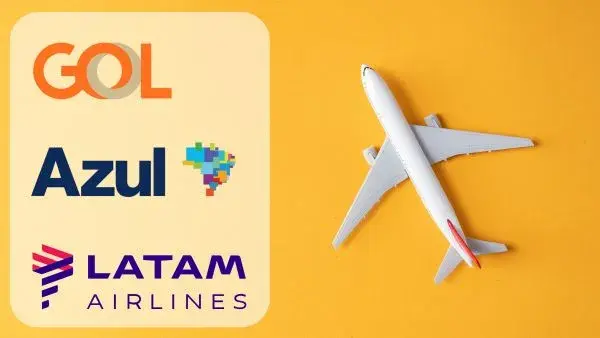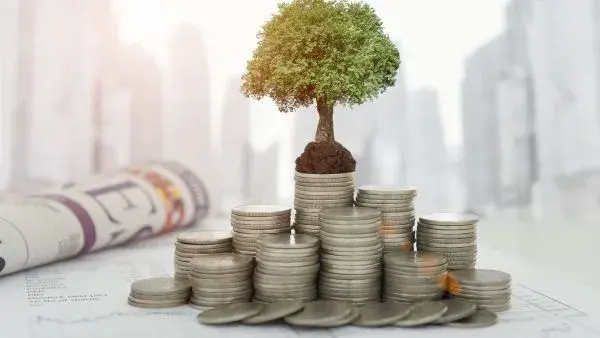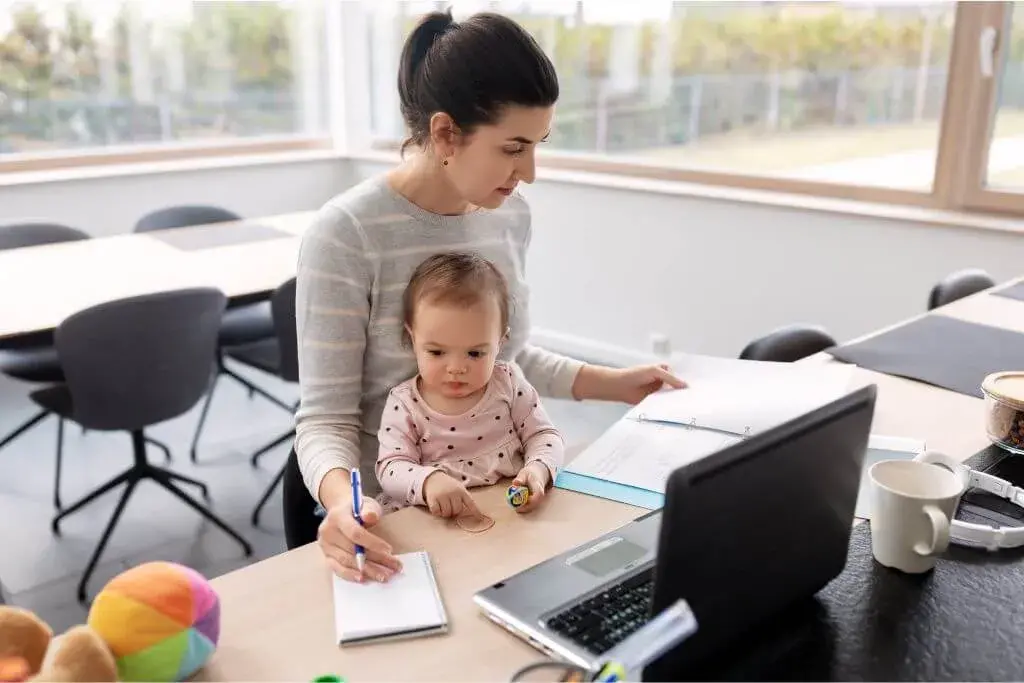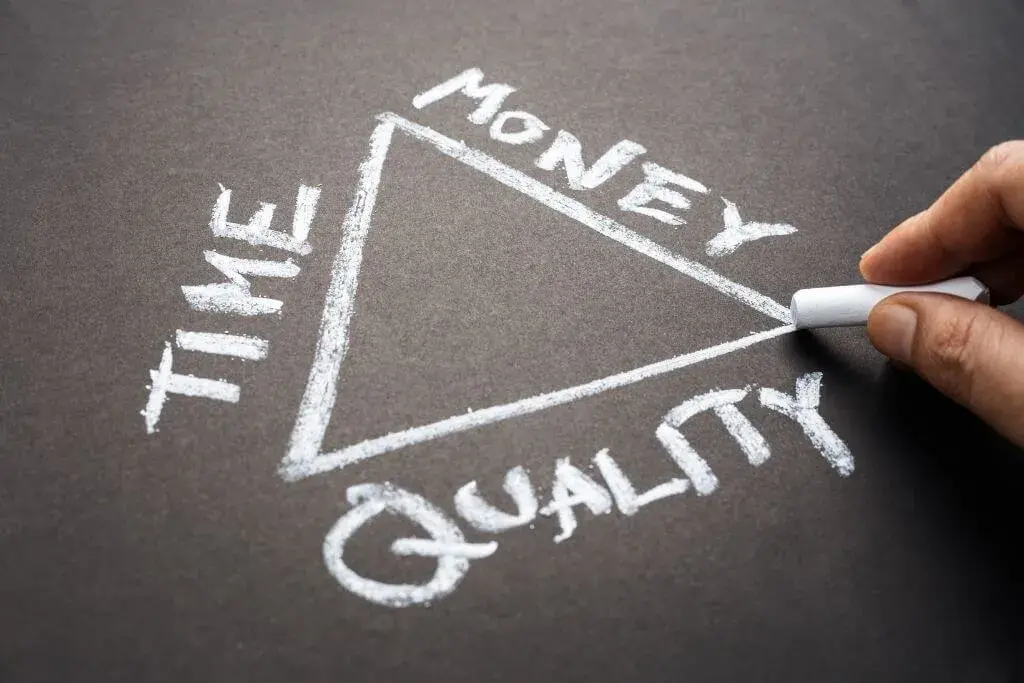Discover the origins of Halloween and how this intriguing festival became so popular. Take a journey through the traditions and celebrations.
Adverts
O HalloweenHalloween is a famous festival. Its origin of Halloween is full of mysteries and ancient traditions. They hark back to cults and rituals that marked the end of summer.
A history of Halloween shows how this festival has changed. It went from being a folkloric and religious event to the cultural celebration we know today. In the United States, it's very common.
Brazil has also recently started celebrating the Halloween. This brought costumes, decorations and a bit of mystery to the country.

Main conclusions
- O Halloween has its roots in Celtic traditions.
- The festival evolved from ancient rituals.
- It is widely celebrated in the United States.
- Halloween has recently become popular in Brazil.
- Traditions include costumes and supernatural activities.
Introduction to Halloween
Halloween is a festival that takes place on 31 October. It's a mixture of fun and mysterious traditions. People dress up in scary costumes and decorate them with pumpkins.
There's also trick-or-treating. Many people ask: what is Halloween? It's a chance to dress up and have fun with friends and family.
What is Halloween?
Halloween began in the British Isles. Today, it's a global festival. It has arrived in Brazil and is celebrated by many people.
To find out more about history of HalloweenJust do some research.
Why is Halloween popular?
Pop culture has made Halloween grow in popularity. Films and commercials have helped a lot. The festival is a date that many people look forward to.
Creativity in costumes also helps. Themed parties are full of decorations and treats. This makes Halloween a special time for everyone.
The ancient roots of Halloween
Halloween comes from a time when Celtic traditions were very important. The Samhain was a special moment. At that time, the Celts believed that the boundaries between the world of the living and the dead were closed. This allowed spirits to visit Earth.
The traditions of the Celts
The Celtic traditions were full of symbolism. They sought to honour and appease the spirits. The Celts lit bonfires to illuminate the nights and protect their homes.
The customs included:
- Lighting bonfires on hills to signal the change of season.
- Performing food and animal sacrifices in honour of the gods and the dead.
- Wear masks and costumes to ward off evil spirits.
The influence of Samhain
O Samhain was very important for Halloween. This Celtic festival marked the end of the harvest and a new beginning. The activities involving ghosts and disguises reflect the beliefs that the dead could become more tangible.
The use of pumpkins also has its roots in the Samhain. Lanterns were made from vegetables to light the way and guide lost spirits.
The transition to Christian culture
In the context of medieval Europe, Christianity became the main religion. This led to a great cultural transition. Pagan customs such as Samhain were reinterpreted and became part of the Christian faith. Thus, Halloween changed, acquiring Christian elements, such as the proximity to All Saints' Day.
How Halloween became part of Christianity
Halloween, originally linked to Samhain, changed with the influence of Christianity. The date of 31 October became a celebration to honour the dead. This created a connection with Christian traditions. Today, Halloween and Christianity are linked, with symbols and practices that recall Christian saints and martyrs.
The celebration of All Saints' Day
O All Saints' Day is an important celebration in Christianity on 1 November. It's a day to honour all the saints, known and unknown. The connection between Halloween and All Saints' Day shows the cultural transition that took place. Pagan practices were adapted to align with Christian beliefs, giving the festival a new purpose.
| Date | Events | Meaning |
|---|---|---|
| 31 October | Halloween | Celebrating and remembering the dead |
| 1st November | All Saints' Day | Honouring Christian saints |
| 2nd November | All Souls' Day | Remembering the faithful departed |
Halloween in Europe
O Halloween in Europe is a celebration full of ancient traditions. Ireland is famous for its unique practices. Other countries also have their own ways of celebrating, showing the rich culture of the festival.
How Halloween is celebrated in Ireland
In Ireland, Halloween is a festival full of events. There are parades, folk dances and activities for families. It's all about honouring ancestry.
An important tradition is that of carving turnips. This inspired the pumpkins that children often paint. Children also dress up and play games, living the magic of Halloween.
Traditions from other European countries
The Halloween traditions vary greatly in Europe. In Scotland, bonfires and ghost stories are common. In England, children go door-to-door asking for sweets.
These festivities showcase the rich culture of Halloween in Europe. They unite nations in a unique festive spirit.
Halloween in the USA
O Halloween in the USA has a rich history. It was influenced by immigrants, especially the Irish, in the 19th century. Over time, this celebration has become a cultural phenomenon. It incorporated elements from various cultures, creating a tradition known throughout the country.
The popularisation of Halloween
A Halloween's popularity in the USA has grown a lot. This party isn't just about costumes and scares. It has become a celebration that includes:
- Theme parties in schools and communities
- Vibrant parades with American customs
- Fun practices such as trick-or-treating
The Halloween industry has become very big. Shopping for costumes, decorations and other products is commonplace. This shows the cultural impact of the festival. The variety of American customs shows the creativity and fantasy of the date.
| Aspect | Description |
|---|---|
| Origin | Irish immigrants in the 19th century |
| Main events | Parties, parades, trick-or-treating |
| Industry | Multimillionaire centred on costumes and products |
| Culture | Integration of various traditions and creativity |
Celebrations change from region to region. But the festive spirit and the search for fun are common. O Halloween in the USA is a milestone in popular culture. It shows how traditions become part of national identity.
Halloween customs and traditions
Halloween is full of customs and traditions. Each region has its own festivities. Trick-or-treating, decorations and costumes are the highlights. They create a festive atmosphere and get everyone involved.
Trick or treat?
The tradition of trick-or-treating is highly anticipated. Children and adults dress up and ask for sweets from house to house. It's a way to have fun and connect with the community.
Typical Halloween decorations
A Halloween decorations is essential for the atmosphere. Pumpkins, cobwebs and skeletons are common. They turn houses into magical places, enchanting everyone.
Dressing up for Halloween
Dressing up for Halloween is a way of showing creativity. You can choose from scary costumes to famous characters. Choosing a good costume brings joy to everyone.

The cultural impact of Halloween
Halloween has become a very important celebration. It shows its cultural impact in various areas, such as festivities and media. In television and film, it shows how essential it has become in popular culture.
References to Halloween in the media
Many films, series and special programmes talk about Halloween. They show the fear and entertainment of the holiday. Directors and producers create everything from comedies to horror films, always coming back every year.
These productions show how Halloween is present in our culture. It appears in different forms of media, showing its cultural impact.
Halloween and the entertainment industry
The entertainment industry loves Halloween. It creates themed events, parties and special attractions. Amusement parks create unique experiences that attract many people.
Whether it's games, sporting events or festivals, Halloween is essential. It celebrates creativity and imagination, making it a centrepiece of entertainment.
Halloween in Brazil
Halloween started to become better known in Brazil in the 1990s. This was due to the influence of the media and commerce. Halloween parties became popular, especially among children and young people.
They're looking for fun and creativity on this date. The festival has become an important part of Brazilian culture, with events celebrating Halloween.
How Halloween arrived in Brazil
The cultural adaptation of Halloween in Brazil was gradual. First, the party was seen in fancy dress shops and supermarkets. Over time, themed events began to appear.
The roots of this celebration have brought a new dynamic to the festivities in the country. Despite being foreign, Halloween has become a time of joy and creativity in Brazil.
The evolution of Brazilian celebrations
The celebrations of Halloween in Brazil have changed over the years. They have incorporated traditional elements and new influences. Festivals include:
- Themed decoration with pumpkins and bats;
- Games and entertainment to keep the participants entertained;
- Events in schools where children dress up and give performances.
This evolution shows how Halloween in Brazil adapts and blends in with local cultures. This creates a unique and festive experience for everyone.
Challenges and criticisms of Halloween
Halloween generates many Halloween controversies and divided opinions. It is celebrated by many, but faces criticism. These critics question its origins and its cultural impact.
Controversies about the party
A major controversy is the link between Halloween and the occult and violence. Many believe that it glorifies practices that go against traditional and religious values. This generates intense debate, with some defending the tradition and others seeing it as a threat to morality.
The critical view of some groups
The Halloween reviews also focus on excessive commercialisation. The sale of costumes and decorations can take away from the spirit of the traditions. Religious groups, for example, question whether the celebration should be kept or changed to align with family and spiritual values.
Conclusion
Halloween is much more than costumes and sweets. It has ancient roots that have evolved over the centuries. Today, it's a global cultural phenomenon, very popular in the United States and elsewhere.
This party allows us to explore creativity and fun. It can also make us think about fear and the supernatural. It's a unique opportunity to have fun and learn.
In Brazil, Halloween is becoming more popular. It brings new social dynamics, especially for young people. Traditions are adapted and reinvented, keeping the essence of the festival alive.
Taking part in Halloween is more than just having fun. It's about connecting with a rich history that spans generations and continents. Take the opportunity to learn about its origins and meanings, appreciating the diversity it brings to the world.
Read more: The Liven App can help with your emotional wellbeing
FAQ
What is Halloween?
Halloween is a festival that takes place on 31 October. It's known as Halloween. People wear scary costumes, decorate pumpkins and go trick-or-treating.
What is the origin of Halloween?
Halloween comes from ancient traditions, especially the Celtic festival of Samhain. This festival celebrated the return of the spirits of the dead to earth.
Why is Halloween so popular?
A Halloween's popularity has increased with pop culture, films and themed parties. It also allows people to show their creativity with costumes, making it a global celebration.
How is Halloween celebrated in Ireland?
In Ireland, Halloween is a festival full of Celtic traditions. People carve turnips and tell ghost stories.
Is Halloween celebrated in countries other than the USA?
Yes, many countries in Europe and the Americas celebrate Halloween. Each has its own cultural traditions, such as bonfires or local festivals.
What criticisms does Halloween face?
Halloween is criticised by some who see it as a celebration of violence or the occult. There are also concerns about the excessive commercialisation of the festival.
How did Halloween become popular in Brazil?
Halloween arrived in Brazil in the 1990s, thanks to the media and commerce. Since then, the celebrations have mixed local elements with Halloween traditions.
What are the most common Halloween traditions?
Traditions include "trick-or-treating" and typical decorations such as pumpkins and cobwebs. People also dress up in creative costumes, from popular characters to scary figures.
How does Halloween influence the entertainment industry?
Halloween has a huge impact on popular culture. It influences films, TV programmes and themed events, showing its relevance in the entertainment industry.












